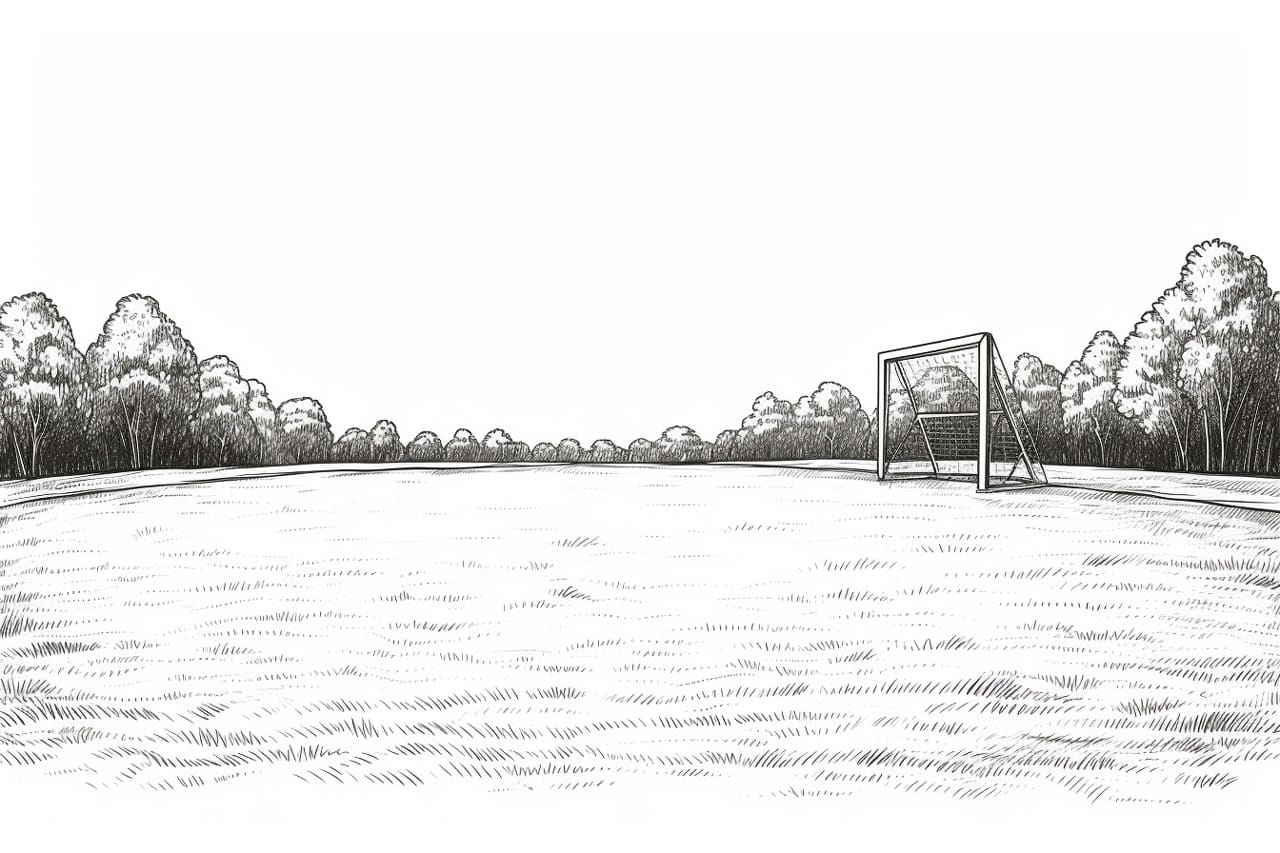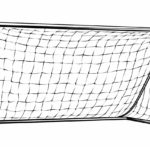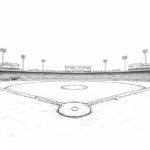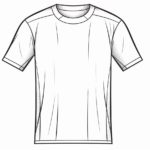Learning how to draw a soccer field can be a fun and rewarding exercise for artists of all levels. Whether you are a sports enthusiast looking to capture the excitement of the game or a beginner artist honing your skills, creating a detailed and accurate representation of a soccer field can be a great way to challenge yourself artistically.
In this tutorial, we will explore the critical elements of a soccer field, from the dimensions and markings to the players and spectators. By following along with step-by-step instructions and helpful tips, you will learn how to bring this dynamic and vibrant scene to life on paper. So grab your drawing supplies and prepare to kick off your artistic journey into the world of sports illustration!
Materials Required
To draw a soccer field, you will need the following materials:
- Drawing paper or sketchbook
- Pencil
- Ruler or straight edge
- Eraser
- Colored pencils, markers, or crayons (optional for adding color)
These basic materials will help you create a detailed and accurate drawing of a soccer field. Make sure to use a pencil for the initial sketch and outline, and then you can use colored pencils or markers to add color and additional details if desired.:
How to Draw a Soccer Field: a Step-by-step Guide
Step 1: Gather Materials
Begin by gathering the necessary materials for drawing a soccer field. You will need a pencil, eraser, ruler, sheet of paper or a drawing pad.
Step 2: Draw the Field Boundary
- Use your ruler to draw a horizontal line across the paper to represent the bottom boundary of the soccer field.
- Measure and mark the halfway point of the line. This will be the center of the field.
- From the center point, draw two vertical lines upwards to represent the side boundaries of the field.
- Measure and mark the field’s length on each side of the center point. Typically, a soccer field is around 100-130 yards long.
Step 3: Add Penalty Areas and Goal Boxes
- Measure and mark the penalty area on each end of the field. This area is typically 18 yards from the goal line and extends 18 yards into the field.
- Draw rectangles to represent the penalty areas.
- draw smaller rectangles to represent the goal boxes inside each penalty area. These are typically 6 yards from the goal line and 6 yards wide.
Step 4: Draw the Center Circle and Spot
- Measure and mark the center of the field.
- Using a compass or a circular object, draw a circle with a radius of 10 yards around the center point. This is the center circle.
- In the circle’s center, draw a small spot to indicate where the game begins.
Step 5: Add the Halfway Line and Penalty Arcs
- Draw a horizontal line across the center of the field to represent the halfway line.
- Measure and mark the penalty arc on each end of the field. This arc typically extends 10 yards from the goal area and is used for penalty kicks.
- Draw the penalty arcs using a compass or a circular object.
Step 6: Detail the Field
- Add the corner arcs at each corner of the field. These arcs are typically 1 yard in radius.
- Draw the goalposts at each end of the field. These are typically 8 feet high and 8 yards apart.
- Add details such as player positions, sidelines, and other markings as desired.
Step 7: Refine and Finalize
- Go over your sketch with a darker pencil or pen to refine the lines and define them more.
- Erase any unnecessary guidelines or marks.
- Add shading or color to make your drawing more realistic.
Step 8: Review and Adjust
- Take a step back and review your drawing to ensure all proportions and details are accurate.
- Make any necessary adjustments or corrections to improve the overall look of the soccer field drawing.
Following these steps, you can create a detailed and accurate representation of a soccer field. Practice and patience will help you improve your drawing skills over time.
Conclusion
Congratulations on completing your drawing of the soccer field! Your attention to detail and perspective bring the scene to life. Remember, practice makes perfect, so keep honing your skills and exploring new techniques. You have a great talent for capturing the essence of a scene, and I can’t wait to see how your artistic journey unfolds. Keep up the great work!
Fun Facts About Soccer Fields
- The standard size of a soccer field can vary, but it is typically around 100-130 yards long and 50-100 yards wide.
- Soccer fields are sometimes called “pitches” in the UK and some other countries.
- The penalty area on a soccer field is also known as the “18-yard box.”
- The center circle on a soccer field has a radius of 10 yards and is where the game starts with a kickoff.
- The goalposts on a soccer field must be 8 feet high and 8 yards apart.
- Soccer fields can be made of natural grass or artificial turf, each with its advantages and disadvantages.
- The lines on a soccer field are typically white and must be at least 4 inches wide.
- The corner flags on a soccer field must be at least 5 feet high and mark the corners of the field.
- Soccer fields are often designed to have proper drainage to prevent waterlogging during rainy weather.
- The FIFA World Cup final is always played on a specially constructed soccer field that meets FIFA’s strict regulations.
Suggestions for Scenes and Settings for Soccer Field Drawings
- A close-up view of a soccer player dribbling the ball on a lush green field, capturing the intensity and focus in their eyes.
- A panoramic view of a packed soccer stadium during a championship game, with fans cheering and waving flags in the stands.
- A dynamic overhead perspective of a penalty kick being taken, showcasing the goalie diving to make a save.
- A serene early morning scene of a soccer field covered in dew, with the sun rising in the background, casting a warm glow.
- A dramatic evening setting with the field illuminated by floodlights, capturing the players in action under the night sky.
- A playful scene of children playing a friendly soccer game on a neighborhood field, with colorful jerseys and big smiles.
- A rainy day on the soccer field, showing players splashing through puddles and sliding in the mud during a competitive match.
- A group of friends practicing drills and passing exercises on a quiet field surrounded by trees, with a relaxing and casual atmosphere.
- A futuristic concept of a soccer field in a virtual reality setting, with holographic players and advanced technology enhancing the game experience.
- An abstract interpretation of a soccer field with geometric shapes and patterns, exploring the dynamic movement and energy of the game uniquely.









